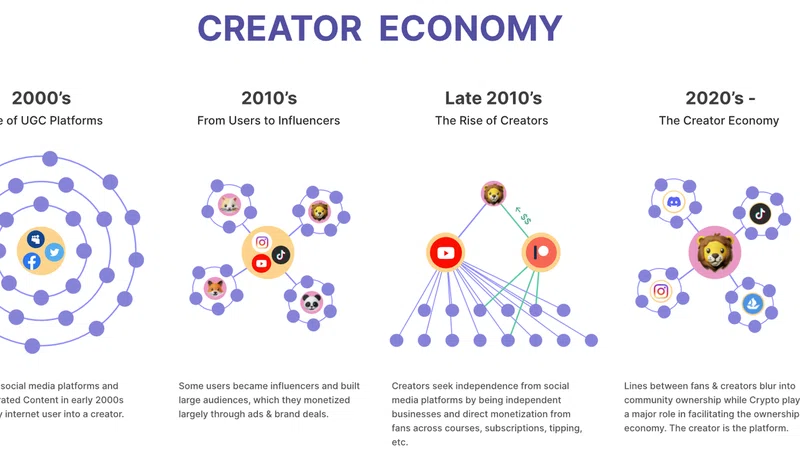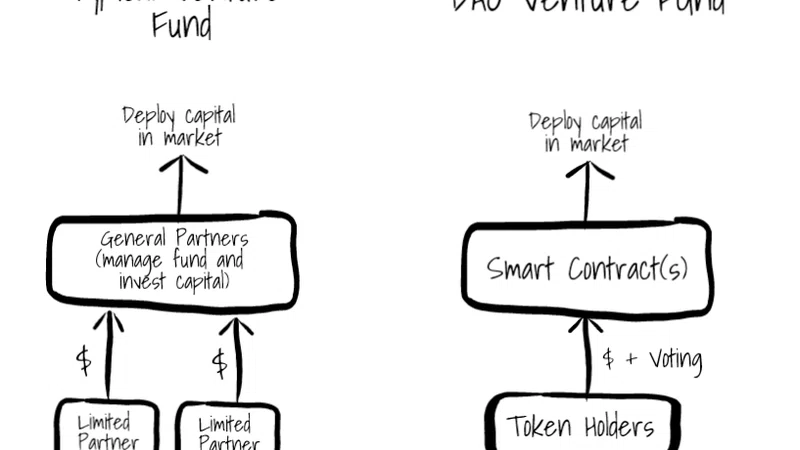The recent performance of PayPal can say a lot about the current state of fintech and the payments industry in general. PayPal’s recent focus on increasing the revenue per user over user growth constitutes a cautionary tale for later-stage fintech companies in the Buy Now Pay Later (BNPL) market, like Affirm (also experiencing historic lows) and Klarna. Bearing a 65% drop in market cap from the peak in 2021, PayPal had to learn the hard way that spending propelled by the government stimulus coupled with COVID-19 forcing people to buy more online meant that reliance on high growth rates is unsustainable without a more robust offering to maintain clients.
While higher-income spenders might be able to continue spending as travel restrictions loosen in the short term, it seems the wider share of the population might not be able to pick up just as seamlessly as first thought.
Why is the story about PayPal relevant for BNPL providers?
First, companies like Square are turning to business models that would allow them to capitalize on new trends, thus the acquisitions of Afterpay and the Japanese Paidy, PayPal’s Pay in 4 product, and Amazon’s deal with Affirm confirm an industry that’s becoming increasingly saturated.
Second, in terms of valuation, it’s worth noting that PayPal now trades at a discount compared to Visa and Mastercard NTM P/E (23x vs. 28x and 33x, respectively). Some companies, like Square, are still trading at 95x, even though it experienced a similar drop in value as Paypal. Even when companies have high growth trends, investors need to be careful. The importance of this was heightened when the pandemic started, keeping up with hot trends and having features that customers want does not guarantee success, and this should be even more prevailing for companies in earlier stages.
As PayPal continues on track to becoming a SuperApp and competing with Square, we will need to pay attention to which features (high-yield savings, early access to direct deposit funds, improved bill-pay functionality, etc.) actually accomplish higher customer retention, profitability, and not just expensive user growth.
please note that nothing in this article constitutes professional and/or financial advice















